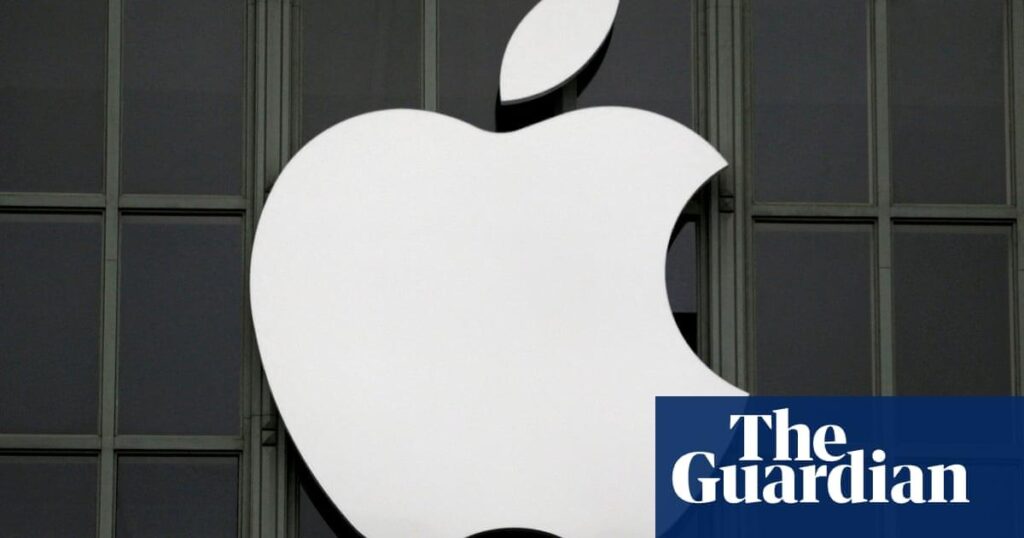In a recent bombshell, the UK’s online safety watchdog has leveled serious accusations against tech giant Apple, claiming that the company has failed to report sexual images of children. This assertion has stirred a flurry of debates and concerns within the tech community and among parents and child safety advocates.
The Accusation: A Grave Oversight or A Misunderstanding?
The UK’s watchdog has specifically pointed fingers at Apple for allegedly neglecting its duty to flag and report instances of child sexual abuse material (CSAM). The issue centers on Apple’s privacy policies and its approach to scanning and reporting such harmful content. The core of the contention lies in whether or not Apple is doing enough to safeguard children and collaborate with law enforcement to combat online child exploitation.
The Guardian reveals that the watchdog’s investigation has unearthed instances where Apple purportedly failed to report images that had been flagged by their algorithms. This has raised serious questions about the effectiveness of Apple’s policies and their collaboration with global law enforcement agencies.
Apple’s Response: A Commitment to Privacy and Safety
Apple has historically championed user privacy, frequently highlighting its commitment to protecting user data. In response to the accusations, Apple has reiterated this stance, emphasizing its state-of-the-art on-device scanning mechanisms designed to detect and report CSAM. According to an Apple spokesperson, “We have robust safeguards in place designed to detect and report the most egregious acts of child exploitation.”
They further explained that their technology is built to ensure that flagged material is accurately identified and swiftly reported to the relevant authorities. Apple insists that their privacy-centric approach does not compromise the effectiveness of their safety measures.
Balancing Privacy and Child Safety: A Delicate Dance
At the heart of this issue is the challenging balance between maintaining user privacy and ensuring robust measures to protect children from exploitation. Privacy advocates have long lauded Apple’s efforts to encrypt user data and limit external access, but this incident sheds light on the potential downsides of such a stringent privacy stance.
Critics argue that Apple’s privacy policies may hinder the detection and reporting of CSAM, posing a significant risk to child safety. On the other hand, Apple and its supporters argue that their methodologies are both effective and respectful of user privacy, asserting that enhancements in scanning technologies can help address these concerns without sacrificing privacy.
Potential Implications for Tech Companies
This recent accusation against Apple sends ripples across the tech industry, raising a broader question about the responsibilities of tech companies in safeguarding against child exploitation while protecting privacy. The debate underscores the need for a cohesive framework that holds tech companies accountable without infringing on user privacy rights.
It is evident that this challenge requires collaboration between tech companies, governments, and child protection agencies to develop solutions that are both effective and respectful of privacy. This may include improving detection technologies, fostering transparency, and ensuring that companies are held responsible for lapses in reporting and monitoring harmful content.
The Road Ahead: Possible Solutions and Improvements
Moving forward, stakeholders are considering various approaches to address the problem effectively:
- Enhanced Detection Technology: Investing in superior algorithms and AI technologies to accurately detect and flag CSAM without compromising user privacy.
- Stronger Reporting Mechanisms: Ensuring that flagged content is promptly and efficiently reported to the relevant law enforcement agencies.
- Greater Transparency: Tech companies should provide more transparency around their processes and mechanisms for detecting and reporting harmful content.
- Collaboration: Governments, child protection agencies, and tech companies must work together to create a cohesive framework that balances privacy and child safety.
- User Education and Awareness: Educating users, particularly parents, about the importance of monitoring online activities and recognizing warning signs of exploitation.
It is clear that the path forward requires a multi-faceted approach. As much as technology can aid in detection and reporting, the human elements of education, awareness, and regulation are equally crucial.
Conclusion: Striving for a Safer Digital World
The accusation against Apple has ignited a critical conversation about the responsibilities of tech companies in safeguarding children online. As we navigate this complex terrain, the imperative is clear: striking a balance between strong privacy protections and effective child safety measures.
In striving for this balance, continuous advancements in technology, robust reporting mechanisms, and collaborative efforts between stakeholders will be vital. Only through sustained efforts can we hope to create a digital world that is both safe and respectful of individual privacy.
To read more on the original report by The Guardian, visit The Guardian’s Article.

Hozzászólások